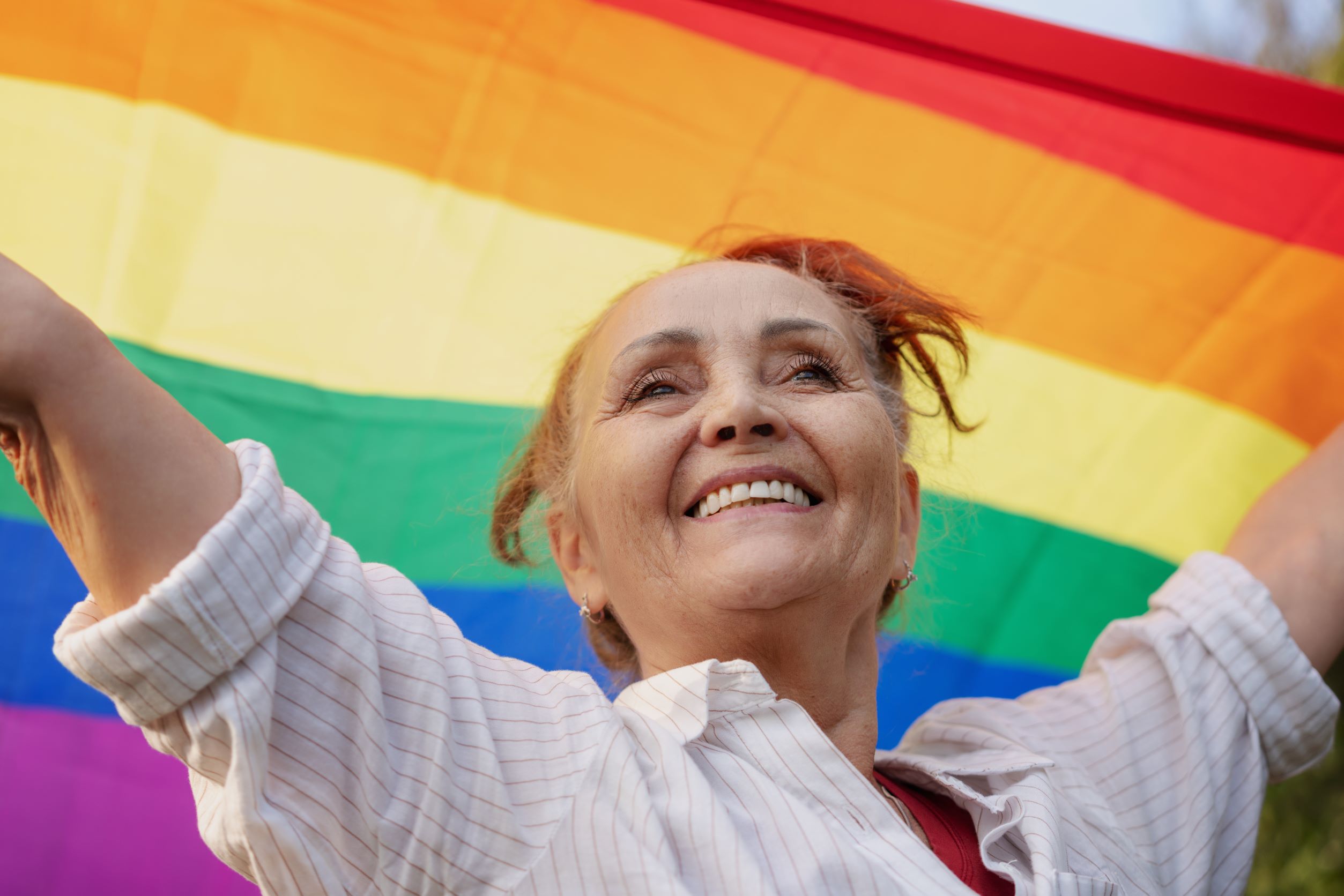On June 28, 1969, a group of individuals took to the streets in protest against a police raid of a small Greenwich Village bar. What distinguished this event from others was that the bar was a known gathering place for members of the lesbian, gay, bisexual, transgender, queer (LGBTQ+) community. The events of that evening, often referred to as the Stonewall Riots, marked the beginning of a movement towards equality and an end to discrimination against LGBTQ+ individuals. Today, as our country continues to experience social and political shifts, it may seem as though little progress has been made. However, we must look beyond what is immediately present in our day-to-day lives and look at the large and small victories to appreciate the changes that have occurred.
When considering the health needs of those 65 years and older, we must remember that this population grew up in a period when “homosexuality” was considered a mental illness, they experienced devastating losses during the height of the HIV epidemic, and many experienced stigma or discrimination from employers as well as healthcare professionals. These factors contribute to health disparities that we see today. However, for all of the challenges, there have also been victories. The most notable success was the 2015 congressional ruling on Marriage Equality granting legal recognition of same-sex marriage in all 50 states.
More recently, there have been critical milestones that have received less publicity but are important for the aging LGBTQ+ community. For instance, affordable housing and assisted living services specifically for LGBTQ+ older adults have been created throughout the U.S. Recent data indicate that 48% of older same-sex couples have experienced housing discrimination. Having a safe space to age in place, is critical for this population.
Other successes include the 2020 reauthorization of the Older Americans Act (OAA). The reauthorization now requires state and local agencies serving older adults to include outreach and data collection on LGBTQ+ older adults. This change will provide services that may have previously excluded the LGBTQ+ community.
Although we’ve made progress, it is important to realize that more work needs to be done. As health professionals, we must recognize the challenges and disparities facing older LGBTQ+ adults. We must appreciate their lived experiences, and understand the intersectionality of aging, sexual orientation, gender identity, racism, homophobia, and transphobia in order to create age-friendly systems of care.
One way that we can move “the needle forward”, is by looking at the organizations we work for through the lens of LGBTQ+ equality. Small steps – everything from incorporating inclusive language in our intake assessments to incorporating educational material that reflects the diversity of the LGBTQ+ community – can make a difference. All of our efforts, even though they may seem small, can continue to shift the needle forward. I challenge all of us to create not just an age-friendly system, but let’s create a system that promotes equality for all communities and celebrates the diversity that each individual brings, especially those of the LGBTQ+ community.
-------------------

 Donation
Donation
